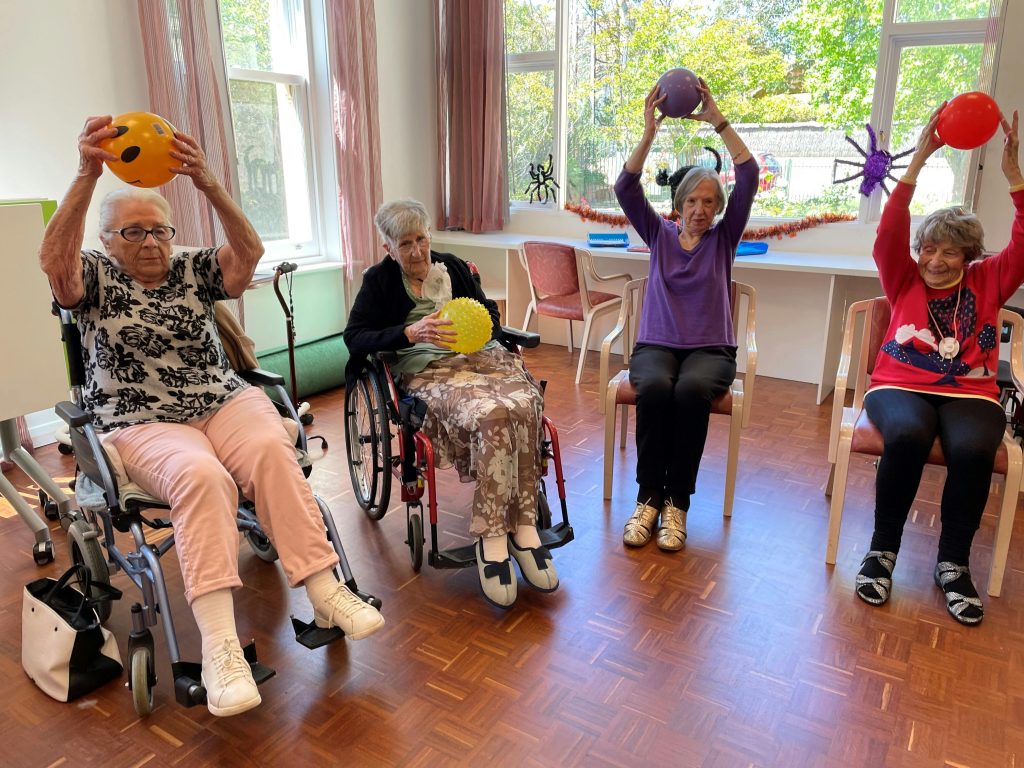Senior living industry is experiencing rapid growth, with an increasing number of assisted living facilities and memory care centers recognizing the importance of a strong online presence. However, navigating the web development landscape presents unique challenges for senior living providers. In this comprehensive guide, we’ll explore the key challenges faced in web development within the senior living industry and provide actionable strategies to overcome them.
I. Understanding the Senior Living Landscape
A. Market Dynamics
The senior living industry is diverse, encompassing assisted living facilities, memory care centers, independent living communities, and more. Each segment has its own set of requirements and challenges when it comes to web development.
B. Target Audience
Understanding the target audience is crucial in web development for senior living facilities. The audience includes not only potential residents but also their families and caregivers who seek information and reassurance online.
II. Common Web Development Challenges
A. Compliance and Accessibility
1. Regulatory Compliance
- Meeting regulatory requirements, such as HIPAA for healthcare information and ADA for web accessibility, adds complexity to web development.
- Failure to comply with regulations can lead to legal consequences and reputational damage.
2. Accessibility
- Ensuring that websites are accessible to individuals with disabilities is essential but often overlooked.
- Lack of accessibility features can exclude potential residents and their families from accessing vital information.
B. Design and User Experience (UX)
1. Age-Friendly Design
- Designing websites that cater to the needs of older adults, including larger fonts, intuitive navigation, and clear calls-to-action, can be challenging.
- Balancing aesthetics with functionality is crucial to creating an engaging user experience.
2. Mobile Responsiveness
- With an increasing number of users accessing the internet via mobile devices, ensuring mobile responsiveness is paramount.
- Developing websites that adapt seamlessly to different screen sizes and devices can be technically challenging.
C. Content Management and Information Architecture
1. Content Organization
- Structuring content in a clear and intuitive manner is essential for facilitating navigation and information retrieval.
- Developing an effective information architecture requires careful planning and consideration of user needs.
2. Content Management Systems (CMS)
- Choosing the right CMS that meets the specific needs of senior living facilities, such as ease of use, scalability, and security, can be daunting.
- Training staff members to effectively manage and update content on the chosen CMS is crucial for long-term success.
D. Security and Data Privacy
1. Data Security
- Protecting sensitive resident and family information from data breaches and cyberattacks is a top priority.
- Implementing robust security measures, such as SSL encryption, regular security audits, and access controls, is essential.
2. Data Privacy
- Ensuring compliance with data privacy regulations, such as GDPR and CCPA, is essential for maintaining trust with residents and families.
- Transparent privacy policies and procedures for handling personal data are critical components of web development.
III. Strategies to Overcome Web Development Challenges
A. Collaboration and Expertise
1. Engage with Industry Experts
- Collaborate with web development agencies or consultants with experience in the senior living industry.
- Leverage their expertise to navigate regulatory requirements, accessibility guidelines, and best practices.
2. Involve Stakeholders
- Involve key stakeholders, including facility administrators, staff members, and residents, in the web development process.
- Gather feedback and insights to ensure that the website meets the needs and expectations of the target audience.
B. Prioritize User Experience
1. Conduct User Testing
- Conduct usability testing with older adults and caregivers to identify pain points and areas for improvement.
- Use feedback to refine the design and functionality of the website for optimal user experience.
2. Implement Age-Friendly Design Principles
- Prioritize simplicity, clarity, and ease of use in website design, catering to the needs and preferences of older adults.
- Incorporate features such as high contrast colors, large fonts, and intuitive navigation to enhance accessibility.
C. Invest in Training and Resources
1. Staff Training
- Provide training for staff members responsible for managing website content and updates.
- Ensure that staff members are proficient in using the chosen CMS and understand best practices for content management.
2. Resource Allocation
- Allocate resources for ongoing maintenance, security updates, and content management to ensure the long-term success of the website.
- Regularly review and update website content to keep information accurate and relevant.
D. Prioritize Security and Compliance
1. Implement Security Measures
- Work with web developers to implement robust security measures, including SSL encryption, firewalls, and intrusion detection systems.
- Regularly update software and plugins to address security vulnerabilities and minimize the risk of data breaches.
2. Ensure Compliance
- Stay informed about regulatory changes and updates related to data privacy and accessibility.
- Conduct regular audits to ensure compliance with regulations such as HIPAA, ADA, GDPR, and CCPA.
IV. Conclusion
Navigating web development challenges in the senior living industry requires careful planning, collaboration, and a commitment to prioritizing the needs of residents and their families. By understanding the unique dynamics of the senior living landscape, addressing common challenges, and implementing actionable strategies, assisted living facilities and memory care centers can create websites that effectively communicate their offerings, engage their target audience, and uphold the highest standards of accessibility, security, and compliance.



